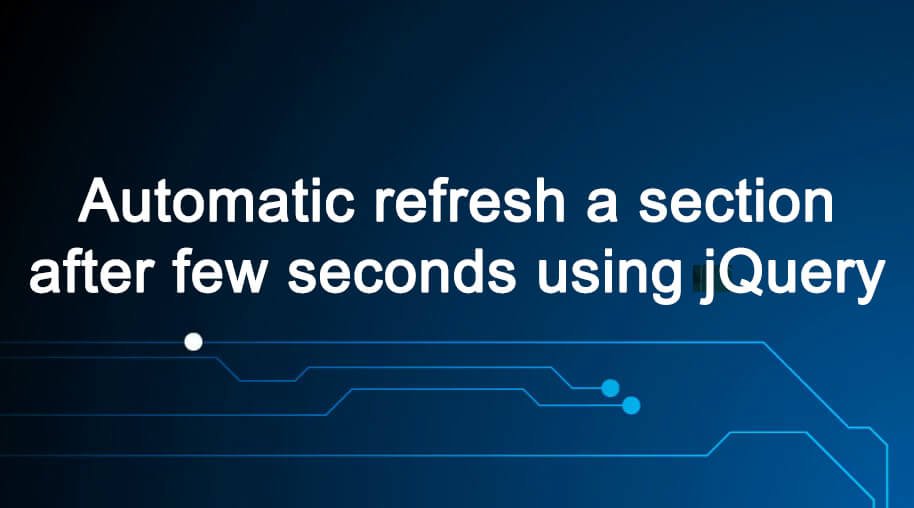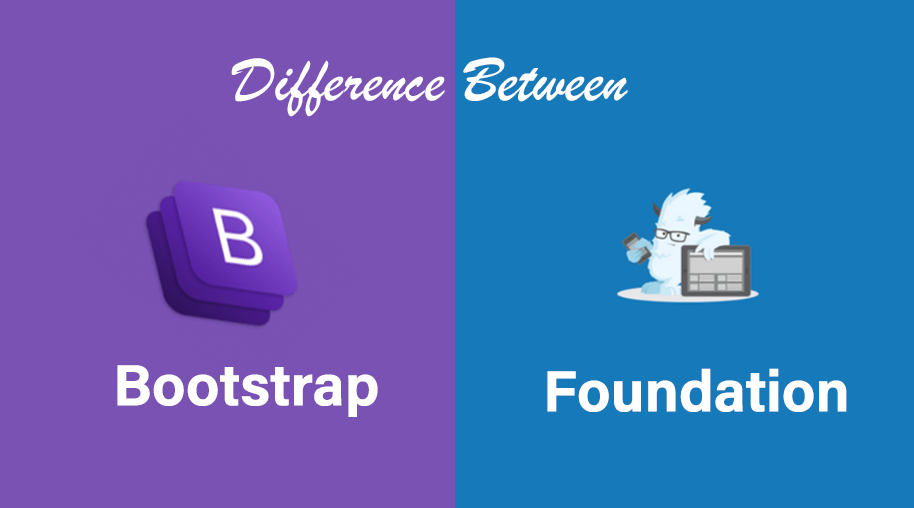What is Unix ?
0 4701
UNIX is a perfect operating system that has been evolved by several different vendors over the previous years. There are several different UNIX systems that change in functionality, external view and feel, licensing model and other non standard traits, made by these different vendors. Few instances are BSD systems, Linux distributions, Apple OS X or Sun/Oracle Solaris. However, there are numerous features that are frequent to all UNIX and UNIX -like systems. These systems have a hierarchical file scheme that provides absolute and relative file path naming. These file systems can be mounted remotely or locally from the file server. All operations on the file systems are carried by methods, which may spawn child processes to act detached tasks. All processes can be recognized by their unique method ID (PID).
UNIX systems have core kernel, which is accountable for handling core system operations, such as logical units for output/input (/dev/pty for instance) and allocating the resources to user and system services.
Originally, designed as a text-processing structure UNIX systems share several tools that operate and filter the text in diverse ways. In addition, small utilities can be simply blended to form complete applications in rather complicated ways. Output from one application can be redirected to a file or another application. Mixing applications with the redirects permit formation of easy or more complex scripts that are able of performing complex and robotic operations on files and text. These scripts and applications are implemented from a user shell, which signifies the user interface to the kernel.
UNIX is multiprocessing, multi-threaded, and multi-user system. This signifies that more than one user can use a shell and applications parallelly, and that every user can perform applications concurrently from inside a single shell. Each of these kinds of applications can then make and remove the lightweight methods as required. Because UNIX was developed by active developers, rather than administrators of operating system, it is best suited program to suit programmer's needs.
Below are some general features of typical UNIX applications following the UNIX principles.
Its programs are little, self-contained, typically created to execute single task. If a new task requires being resolved a few programs is mainly evolved or existing programs are blended into a script.
Programs accept data from typical input and write to typical input, and in return they can be attached to process each other's output consecutively. Programs are non interactive, instead they present a huge range of command line options, that show performed action. These ideas are steady with the concept of piping, which is still primary to the operation of user shells. For instance, the ls command output is to list all the files in a directory can be "piped" accessing the | symbol to a program such as grep to execute pattern matching. The number of pipes on a solo command-line instruction is not limited.
If some kinds of software don't work appropriately anew one is typically created within weeks or sometimes days.
This list is not thorough clarification of what is the UNIX system. It is pretty a guide to show what makes UNIX an outstanding operating system.
Related Article = What is Linux
Basic Commands of UNIX
As we know that UNIX is such an OS, where multiple users can use it in parallel. For connecting to the UNIX operating system, if you are a Windows user, then you can access SSH secure shell which would serve you file transfers and sign-ins which are encrypted. If you are using a Macintosh, then you can access MacSSH or SSH client that you would get within OS X. If you are using UNIX OS, then you can simply download the SSH clients and the servers from the SSH Communication FTP site.
There are a few basic UNIX commands, which you would be using frequently, when you are working in UNIX. These commands are useful to make any operation in an easy way. See below some basic UNIX commands and their usage:
- passwd: With the help of this simple command, you can change or modify your login password. To change the password you have to type and submit the recent password, first and then you have to type and submit your new password two times. This login password length should not be more than of six characters.
- cd: If you like to change the directories in UNIX, then you should use the cd command. With this command you can go in another directory simply.
- .. : This two dots help to show the directory that is on top of your root directory.
- pwd: It is another essential command relevant to the directory. This will let you know in which directory you are presently working. The tilde symbol shows this command also.
- ls: It is also directory relevant command, which will provide you a great listing of all the files in the directory.
- mkdir: If you need to make a new directory under the recent directory, then give the mkdir command.
- rmdir: If you like to remove a directory, then give the rmdir command and remove the directory.
- mv: To rename a file you should use this command.
- cp: The cp command would let you to copy more than one file.
- rm: This command is utilized to erase a file, but this should be accessed carefully as there is no undelete command.
- cat: It is used to send the contents of a file to the show screen.
All the above commands performed while you are using UNIX operating system. All these commands are simple to use and make our task easier and faster, which show that this operating system is perfect for every user. Its simplicity and user friendliness attract the users and hence lots of users love to use it.

Share:







Comments
Waiting for your comments